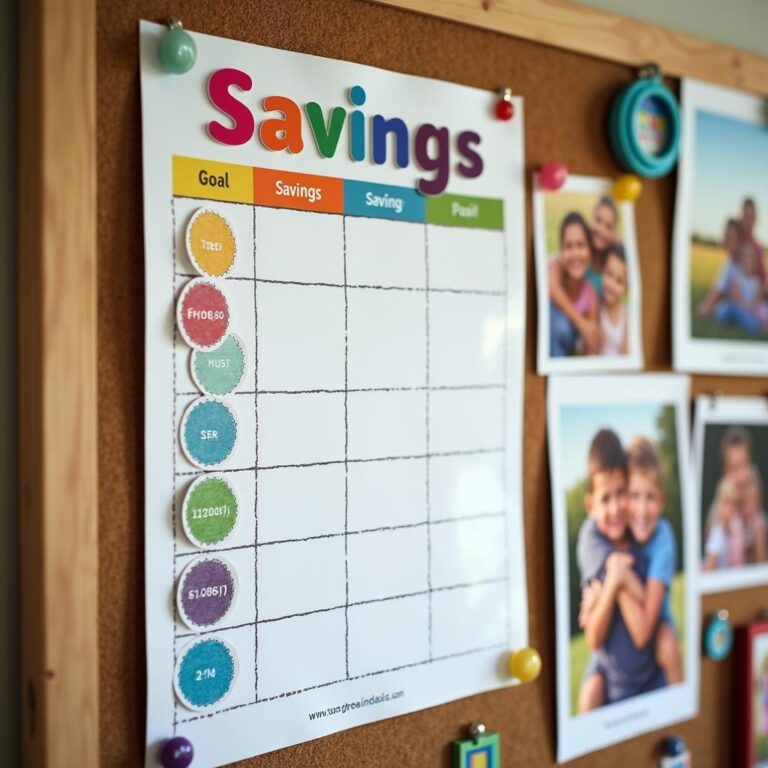How to Start Investing Globally (Even If You’re New)
What Are International Markets and How to Start Investing Globally
International markets are like giant shopping malls for money—except instead of clothes and food, you’re buying stocks, bonds, and other cool investment stuff from other countries.
So instead of only shopping at your home store, you get access to aisles from all over the world. Fancy, right?
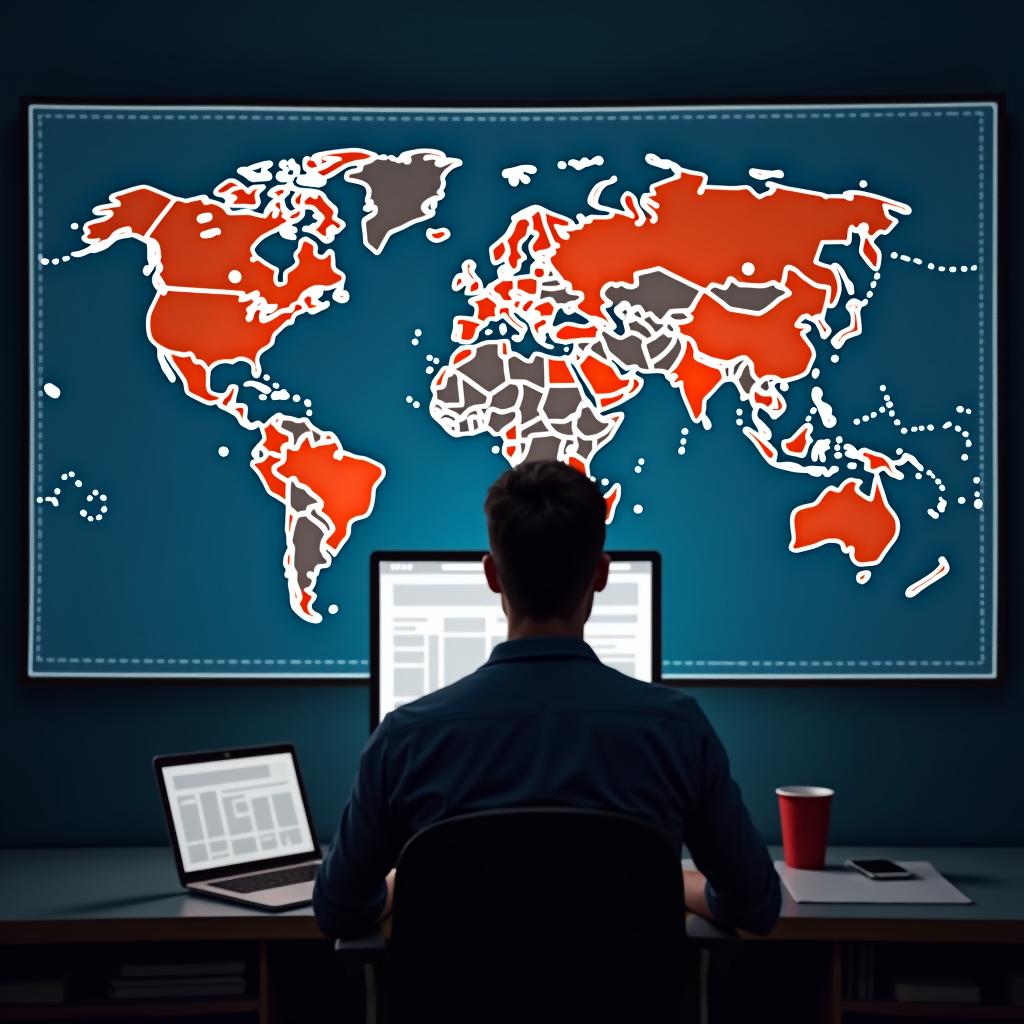
This is called international investing, and it gives you waaaay more choices. Like adding sprinkles, chocolate chips, and marshmallows to your plain vanilla portfolio.
Each country has its own stock market. Japan rocks the Tokyo Stock Exchange, while Germany shows off with the Frankfurt Stock Exchange.
You can put your money into businesses in China, Canada, India, Australia, Brazil—almost anywhere! It’s like giving your money a passport and telling it to go explore.
People go global with investing to reduce risk and find more chances to win. If one country’s having a bad day, another might be throwing a party.
It’s the classic “don’t put all your eggs in one basket” rule. Unless you really want to carry a basket full of cracked yolk.
International investing also means you can be part of exciting, fast-growing companies around the globe. Some countries grow like weeds after rain—fast and full of surprises.
Someone in the U.S. might invest in a cool tech company in South Korea. Or maybe they grab shares of a fancy German carmaker.

Investing globally opens up a world of industries and ideas. It’s like building a money team with players from every corner of the planet.
Why Invest in International Markets?
You know how you don’t eat the same meal every day? That’s kinda like investing in more than one country.
If your home country’s economy takes a nap, other countries might still be wide awake and thriving.
This mix helps you protect your money. Buffet-style investing means if one dish is gross, you’ve still got 10 others to nibble from.
Some countries zoom forward faster than others—these are called emerging markets. They’re like rookie players who could turn into MVPs.
India, Vietnam, and Indonesia are growing fast and kicking economic goals. Investing there is like planting seeds in super-rich soil.
Different places shine at different things. Japan’s got gadgets, Brazil’s got farms, and Canada’s keeping lights on with energy.
By going global, you can dip into industries your own country might not be famous for. Your money can try new things too!
And more countries mean more companies and more ideas. It’s like giving your portfolio a brain boost.

Different Ways to Invest in International Markets
You don’t need to be a finance wizard to start investing around the world. Pinky promise.
One easy way is through something called an international mutual fund. These funds are like money smoothies blended with investments from lots of countries.
Another way? Try an international ETF (that stands for exchange-traded fund). It’s like a mutual fund that acts like a stock—fast on its feet.
You can also buy individual stocks from companies in other countries. That’s more of a “choose your own adventure” path.
For example, you could grab some stock in Samsung from South Korea. Or go sweet with Nestlé from Switzerland.
Mutual funds and ETFs are great for new investors. They spread out your risk like butter on toast.
Picking individual foreign stocks takes more homework. But hey, more research = maybe more rewards!
Most people start with funds, then try single stocks later. Kinda like learning to ride with training wheels before going full BMX.
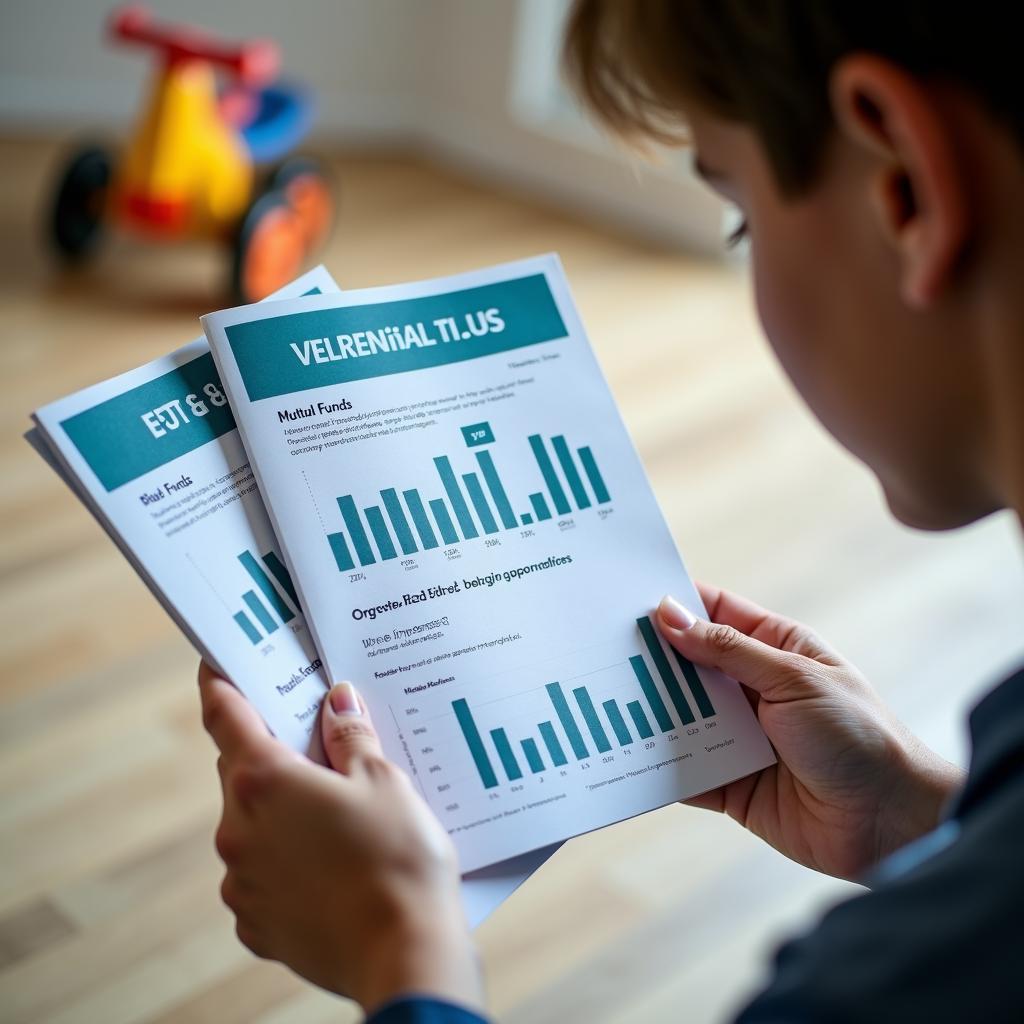
How to Choose the Right Countries to Invest In
Choosing where to send your money is like picking vacation spots. You want to go places that feel good and look promising.
Strong countries usually have low unemployment, steady businesses, and trade that’s buzzing. Green flags all around!
You can check this stuff on financial news sites or even YouTube. Yes, your scrolling habit might actually help your wallet.
Every country has its own power zone. Japan nails tech, Brazil grows crops, Canada digs up energy.
Stick to countries with stable governments and fewer surprises. You don’t want your money caught in a political soap opera.
Start with countries like Canada, Germany, Australia, and the U.K. These are “developed markets” and usually play it cool.
Once you feel braver, you can roll into emerging markets. They bounce more, but often grow faster too.
Think India, Mexico, South Africa—superstars in the making! Just be ready for a little rollercoaster action.
If this all feels like too much, no shame in asking a financial advisor. They’re like tour guides for your money.

Understanding Currency and Exchange Rates
When you invest in other countries, you’re also dealing with their money—called currency. And currencies like to do the cha-cha—they move up and down.
If you’re in the U.S. and you invest in Japan, you’re using yen instead of dollars. If the yen goes down, your investment might shrink when you swap it back.
But if the yen goes up? Boom, you just made extra money without doing anything. Currency moves can be sneaky like that.
It’s like buying a toy from abroad. One day it costs $10, the next day $12—same toy, different price.
Some investments try to protect you from those currency dances. This is called hedging.
Hedging is like an umbrella for your money when the currency weather gets weird. Not all funds come with one, though—so check the label!
You can see if a fund is hedged on its website or fact sheet (a.k.a. the cheat sheet). Handy stuff if you want to avoid surprises.
As a beginner, don’t stress too much about currency right away. But knowing it’s part of the deal helps you level up later.

Risks of International Investing
All investing has risk. But international investing brings a few extra twists.
One big one? Political drama. Governments falling, protests roaring—bad news for your overseas investments.
Another tricky bit is currency swings, like we just talked about. If their money takes a dive, so might your wallet.
Some countries don’t have the same investor rules. That means companies might keep secrets instead of spilling the tea.
In other words, less info = harder choices. It’s like trying to play a game without knowing the rules.
Some places also make it tough to take your money out. That’s like playing Monopoly and not being allowed to cash out your winnings.
And if the market is tiny? You might not be able to sell stuff quickly. That means your money could get stuck.
But don’t worry—you can dodge a lot of this by spreading out your investments. That way, one problem doesn’t mess up your whole plan.
And those mutual funds and ETFs? They’re built to handle risk better. Like having an experienced pilot on your money flight.
Start small. Learn as you go. Like baby steps… but for your cash.
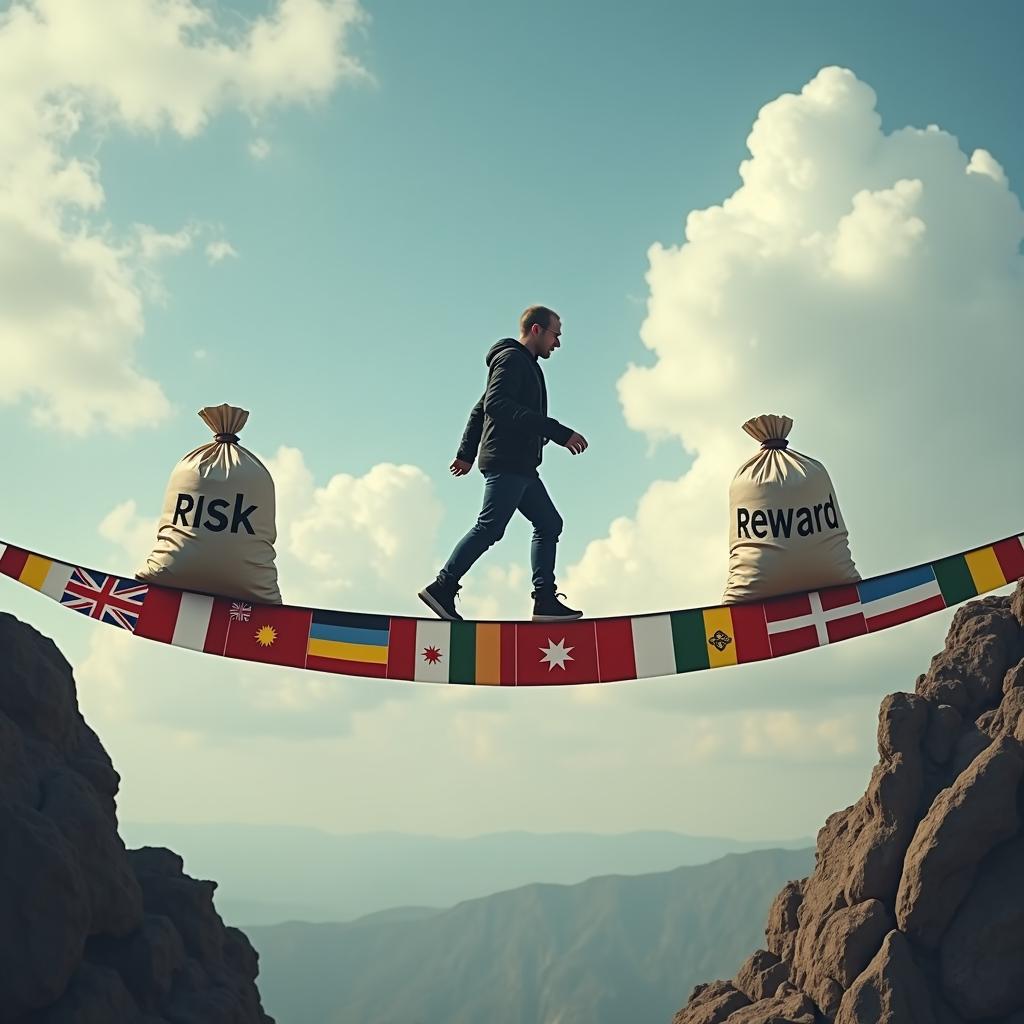
How to Get Started as a Beginner
Ready to jump in? First, open an investment account. It’s like opening a money backpack.
Sites like Fidelity, Schwab, Vanguard, and even Robinhood let you invest globally. Check for low fees and good tools.
Add a little money to start—like $50 or $100. Yep, even small bits are enough to begin your global journey.
For starters, pick an international mutual fund or ETF. These are chill, safe, and easy to understand.
Look for something called a global fund. These invest in lots of countries all at once—no need to pick just one.
Before you hit “buy,” read about the fund. Peek at the fees, past performance, and where it puts your money.
Once you feel comfy, try buying individual foreign stocks. But no rush—take your time.
Don’t forget, financial advisors are there to help. Think of them as your global money GPS.
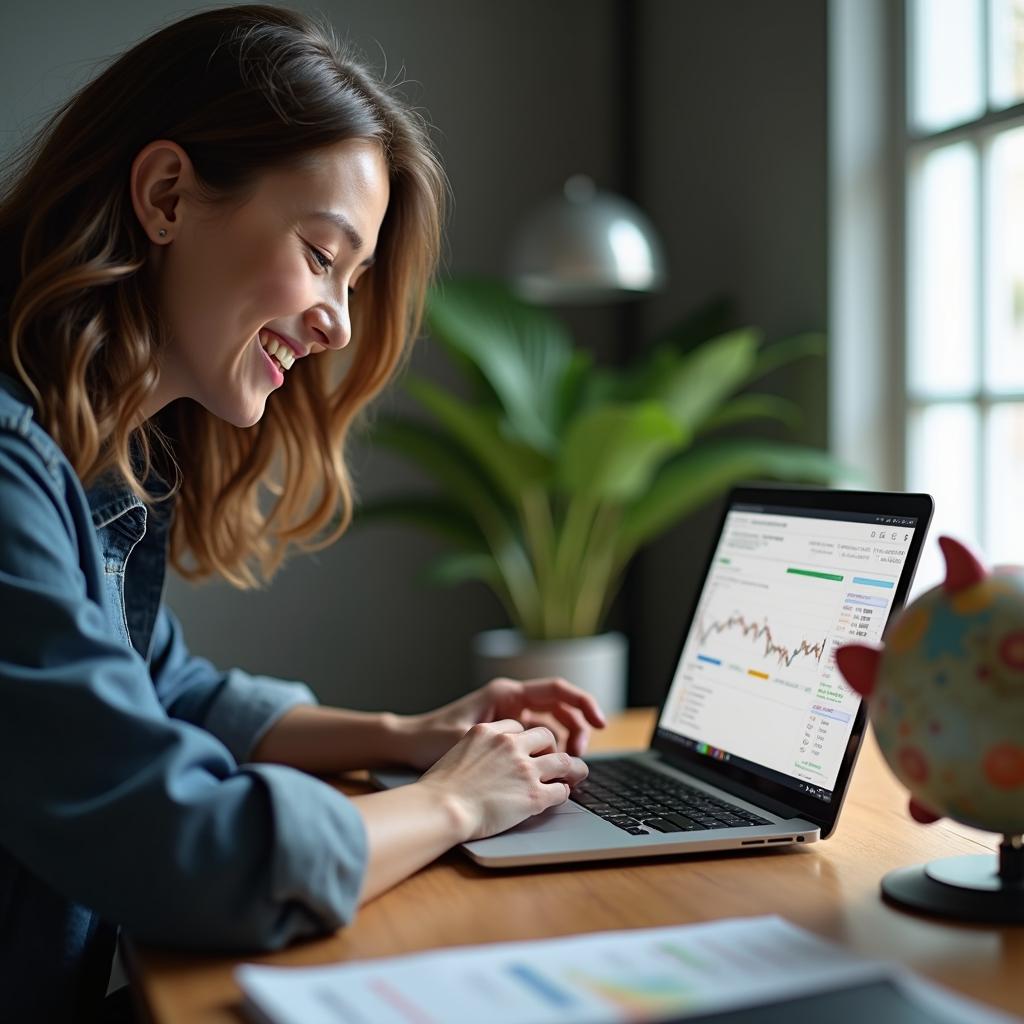
Tips to Stay Safe and Smart
Want to be a money ninja? Always know where your cash is going.
If something sounds too good to be true… it probably is. Trust your gut and take a second look.
Set a goal for your investments. Are you saving for college? Retirement? A trip around the world?
Goals help you focus and make better picks. They also stop you from panic-selling when things get wobbly.
Check your investments now and then. Most apps let you peek anytime—yes, even during commercials.
Spread your money around. This is called diversification, but we just call it “don’t put all your cookies in one jar.”
If one thing crashes, others can keep you going. It’s like having backup dancers for your money show.
And hey—keep learning. The more you know, the more your money can grow.


